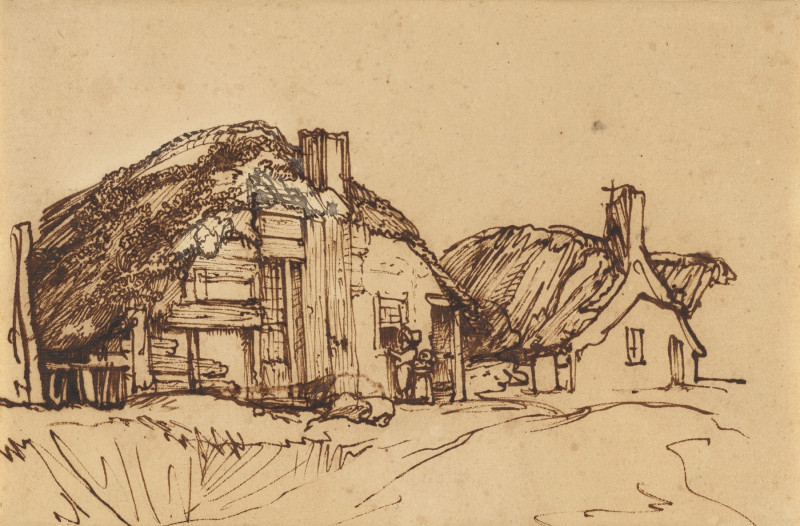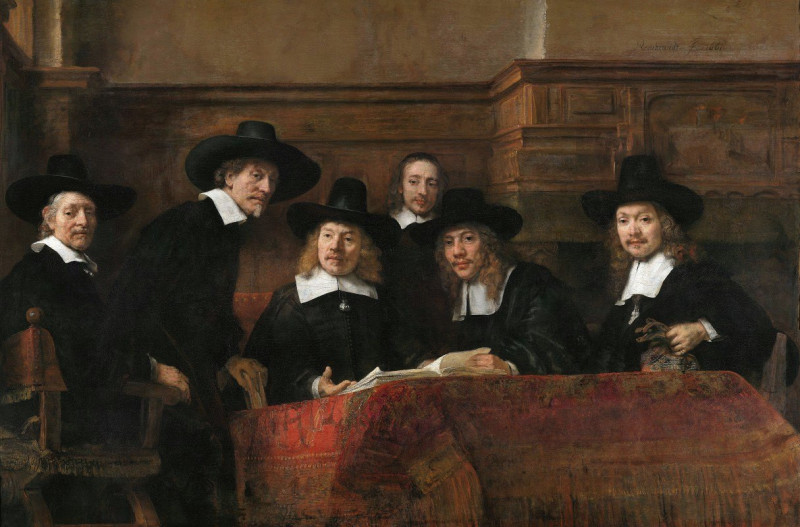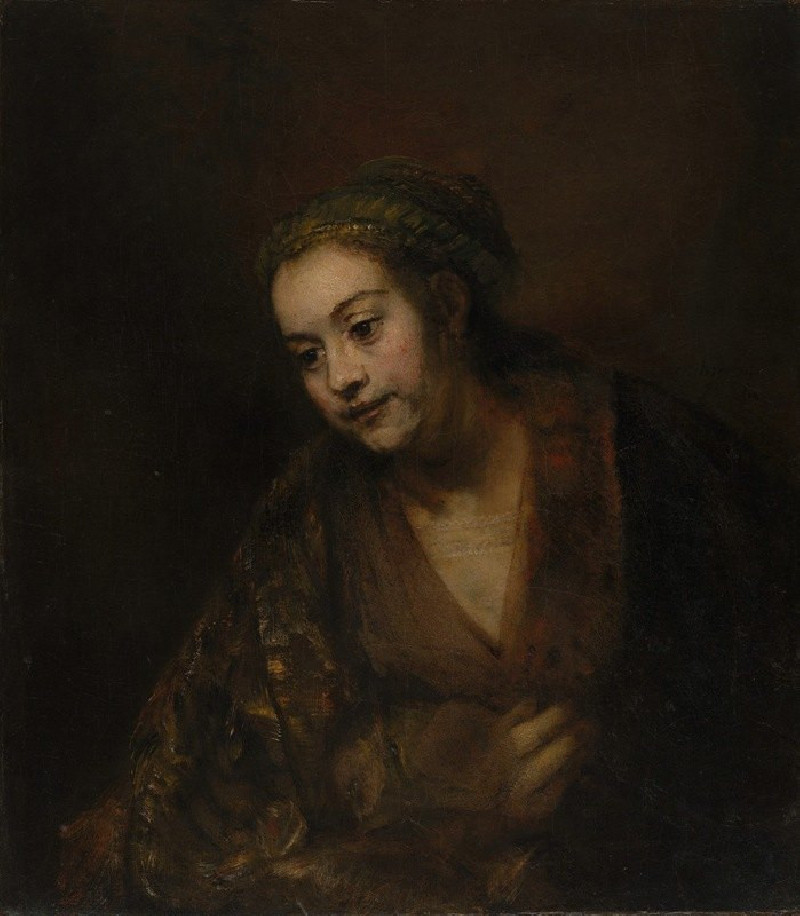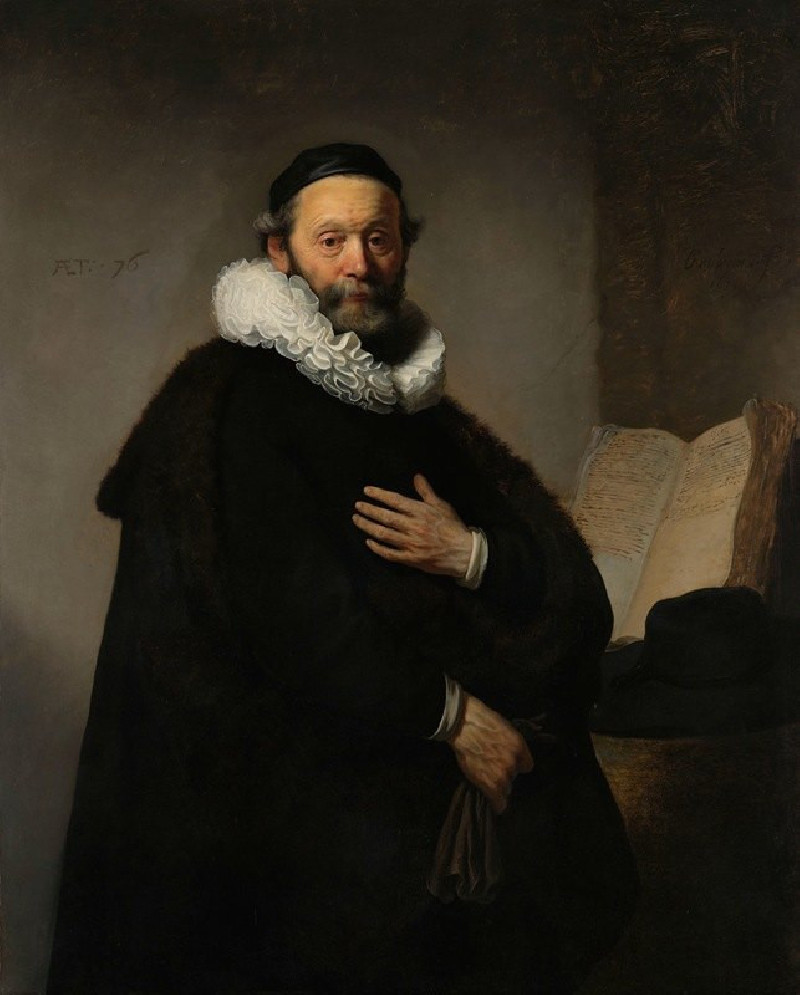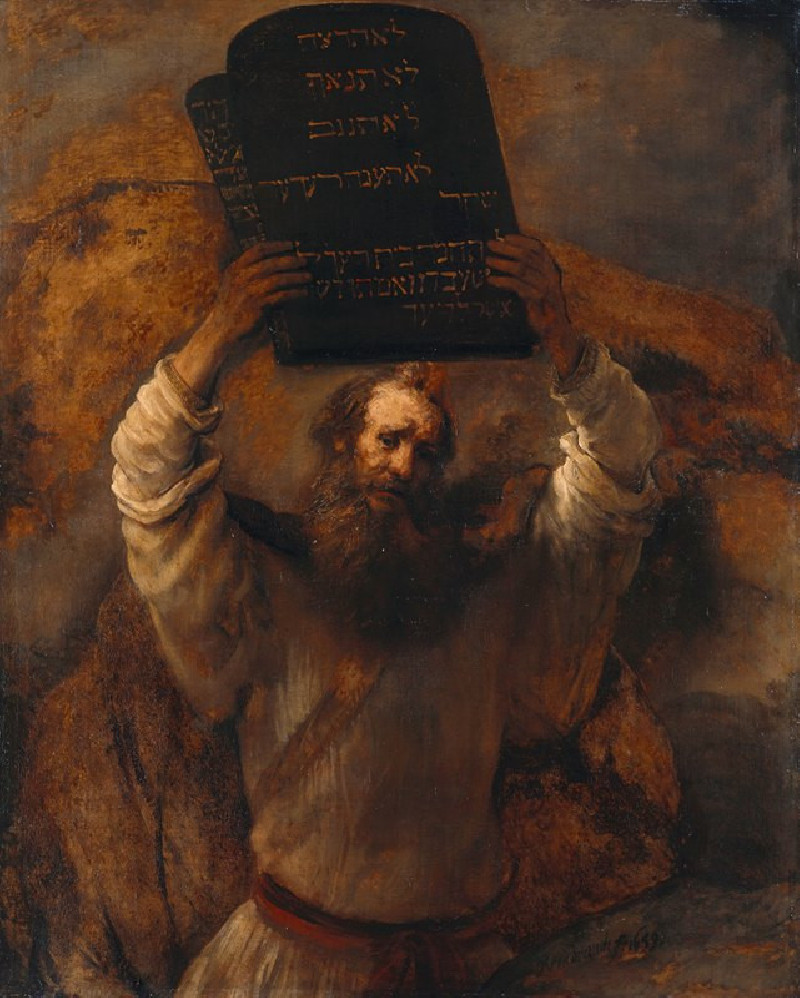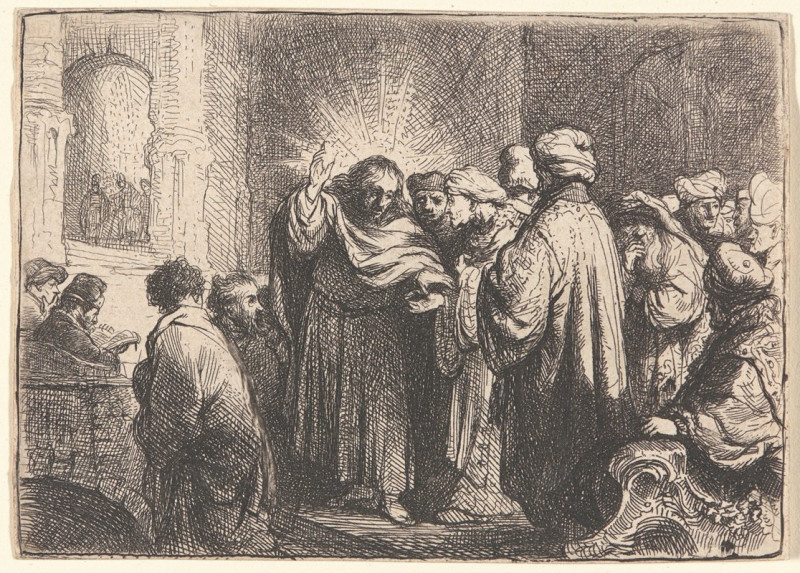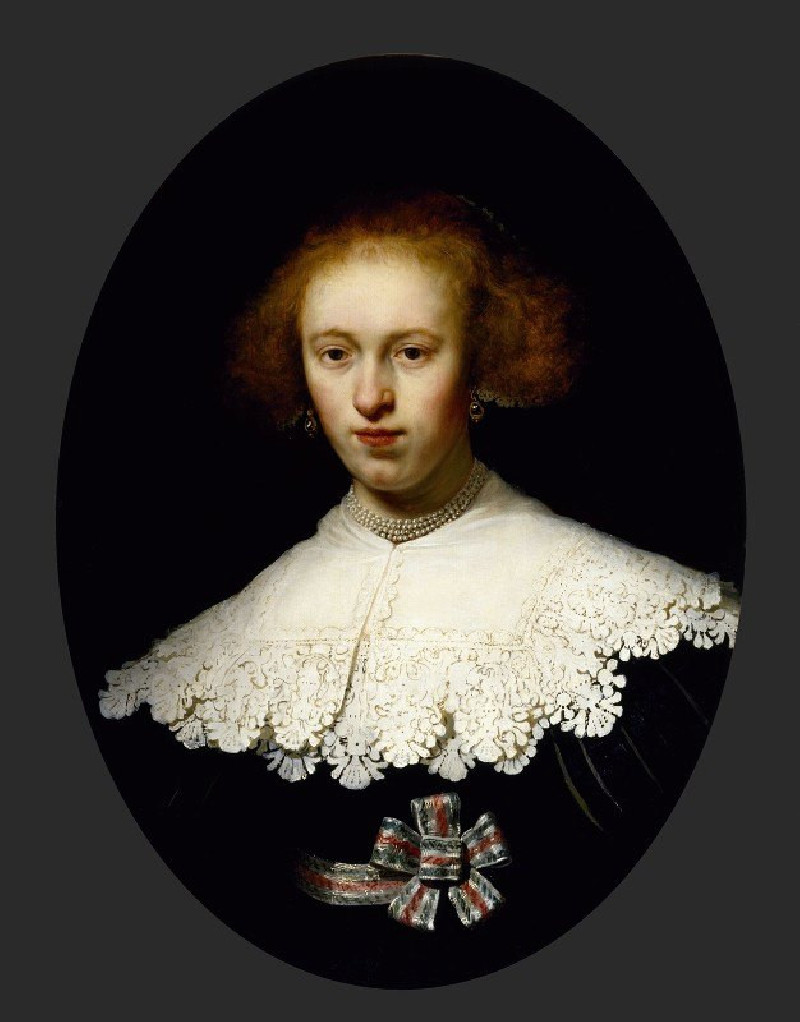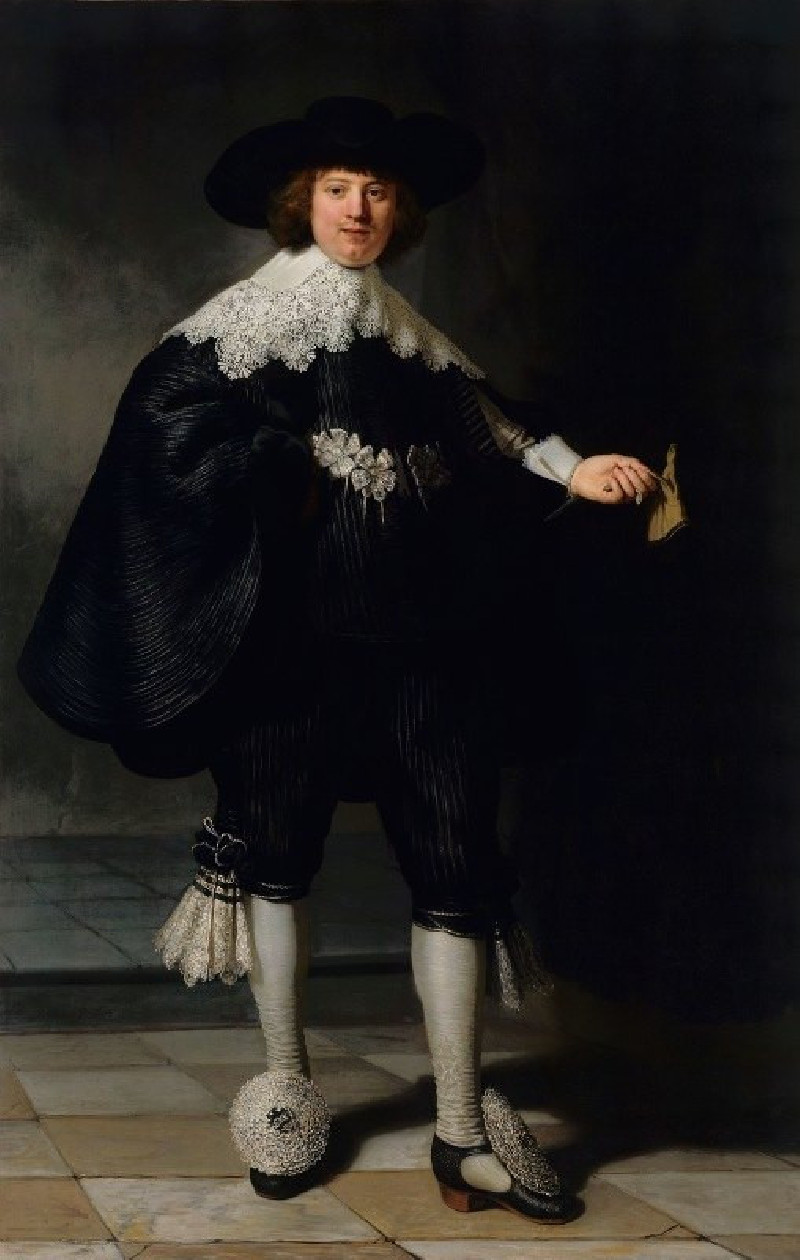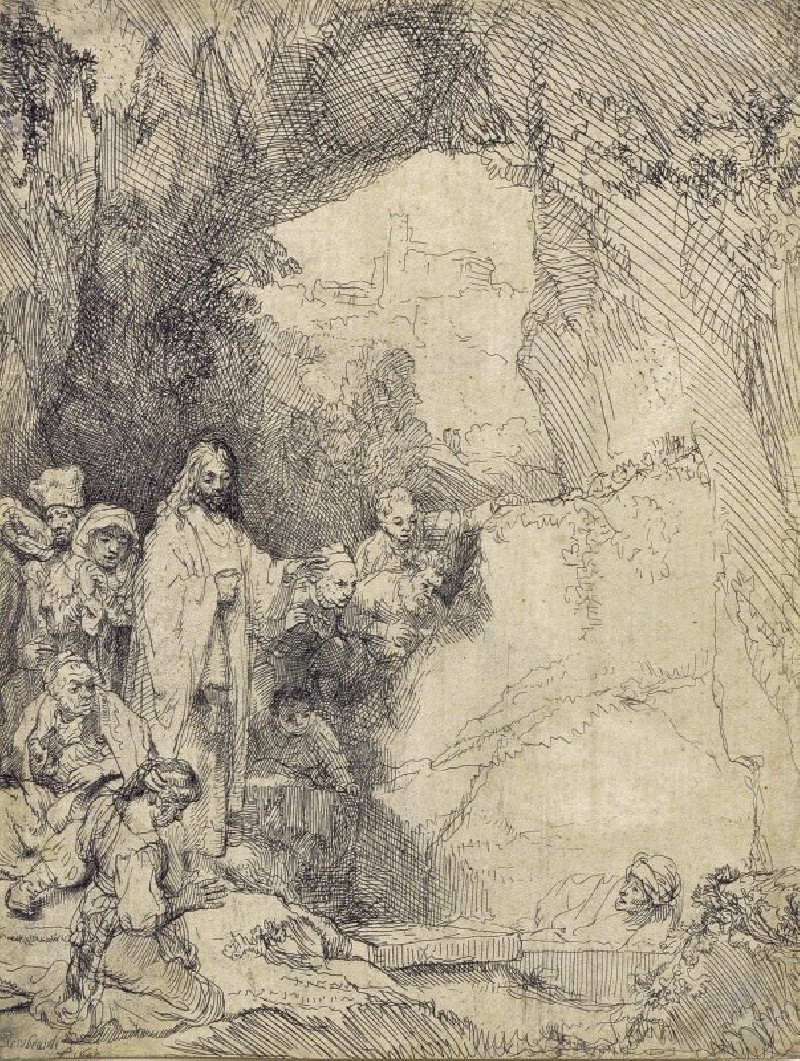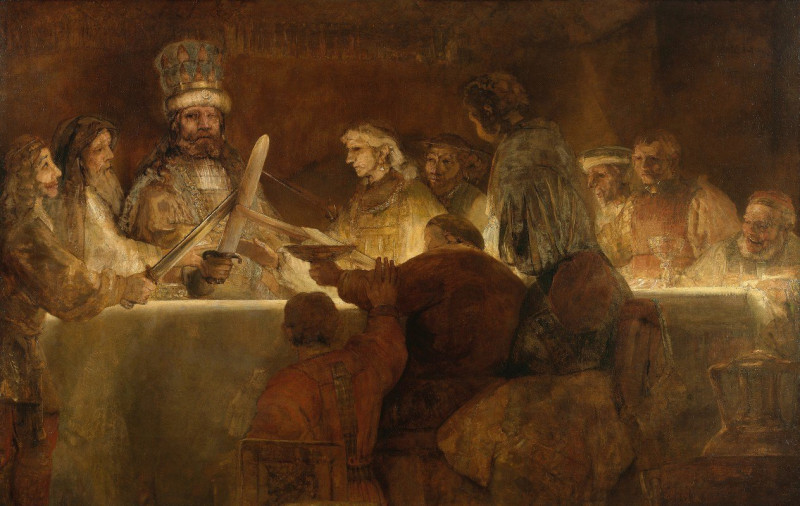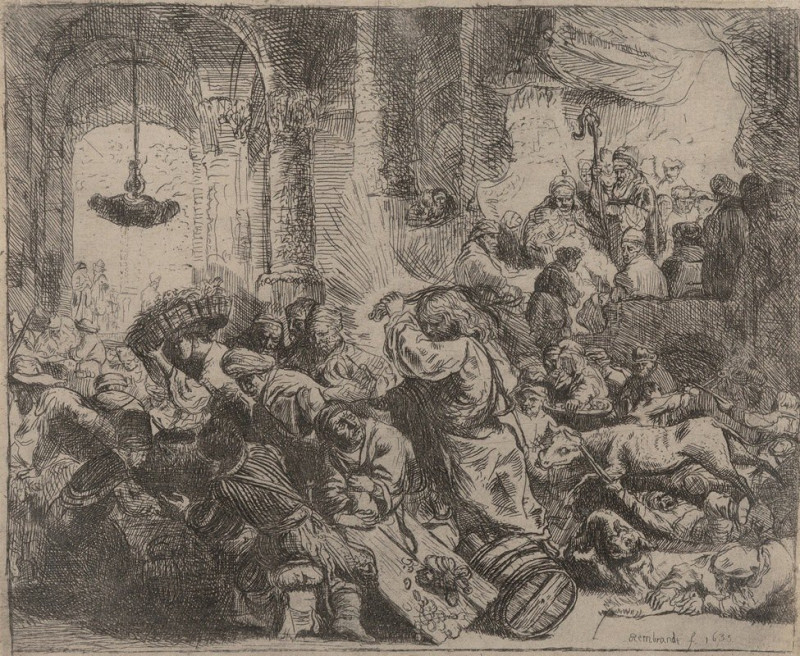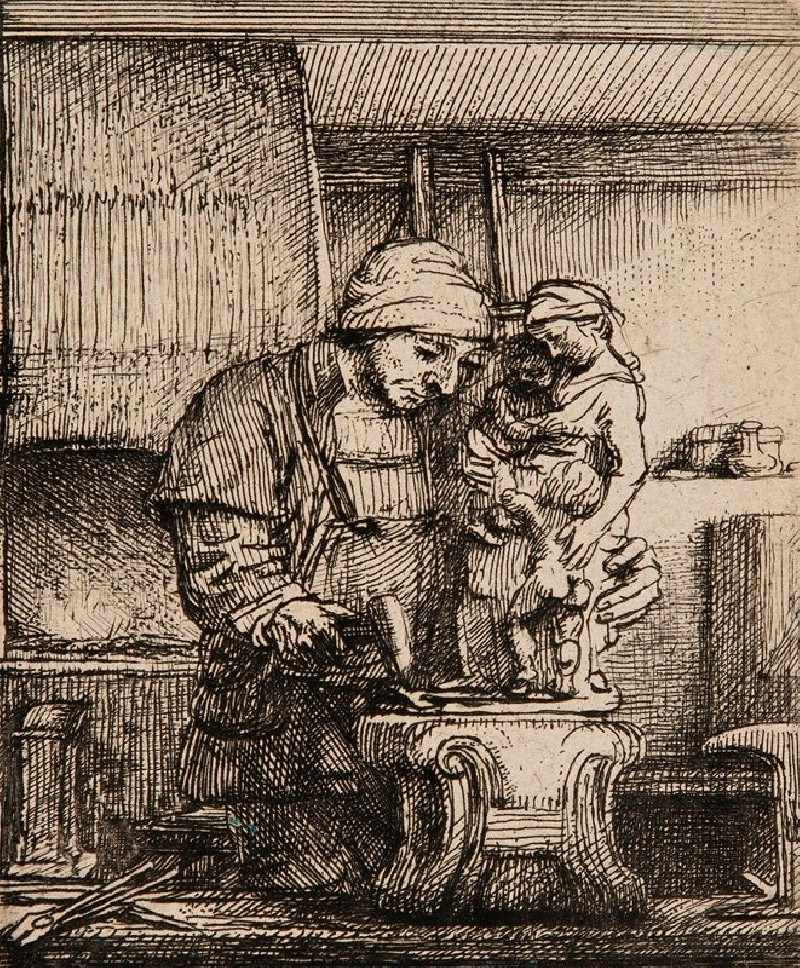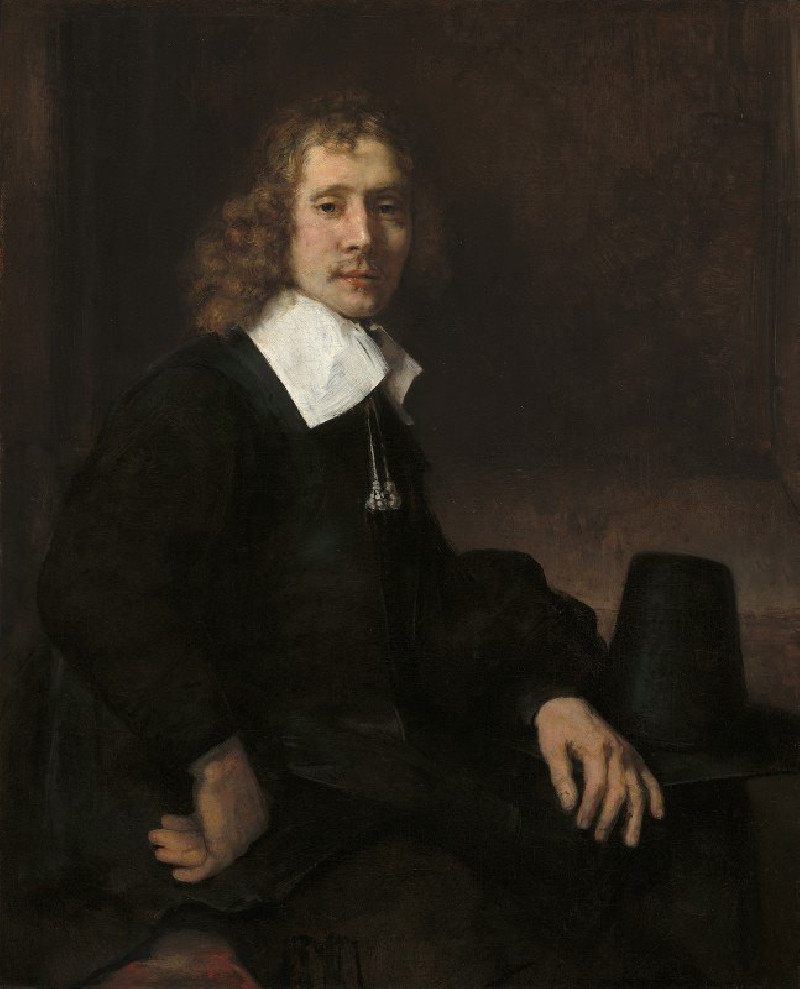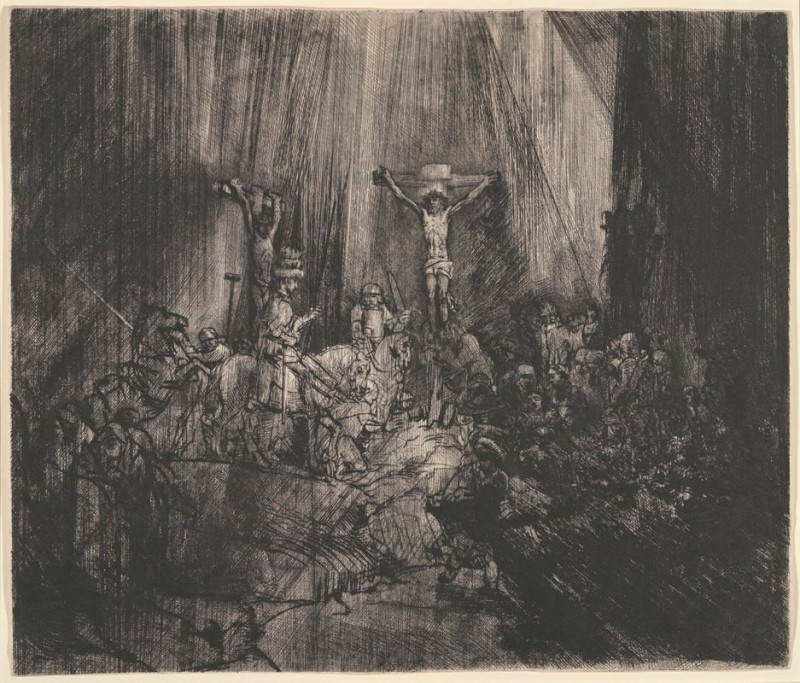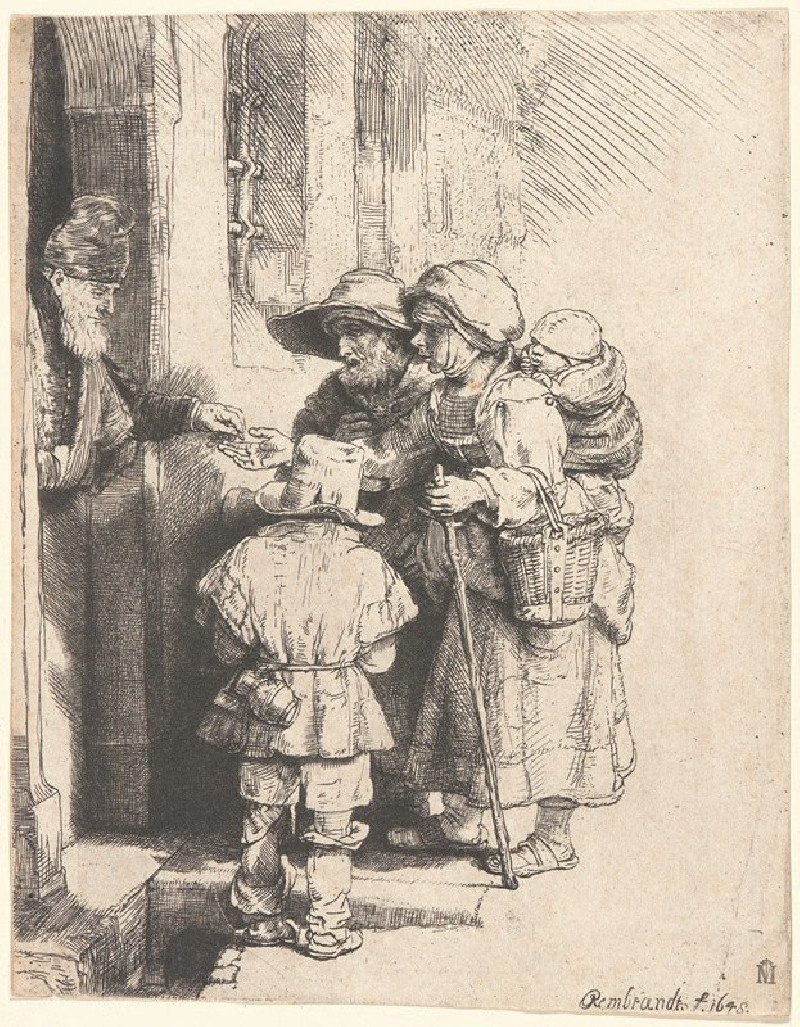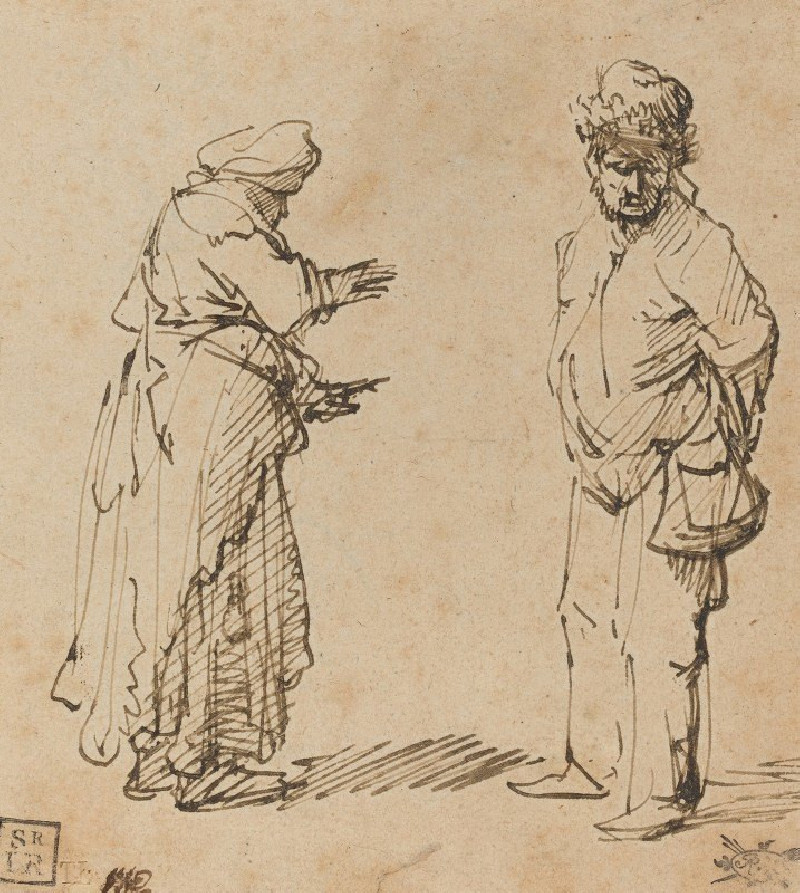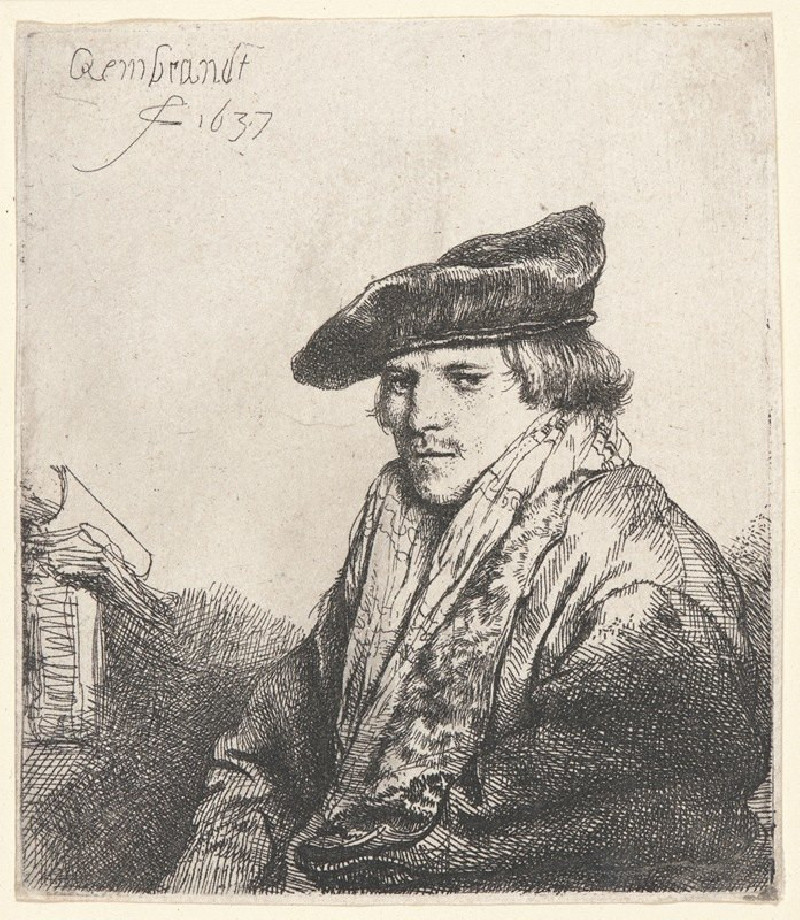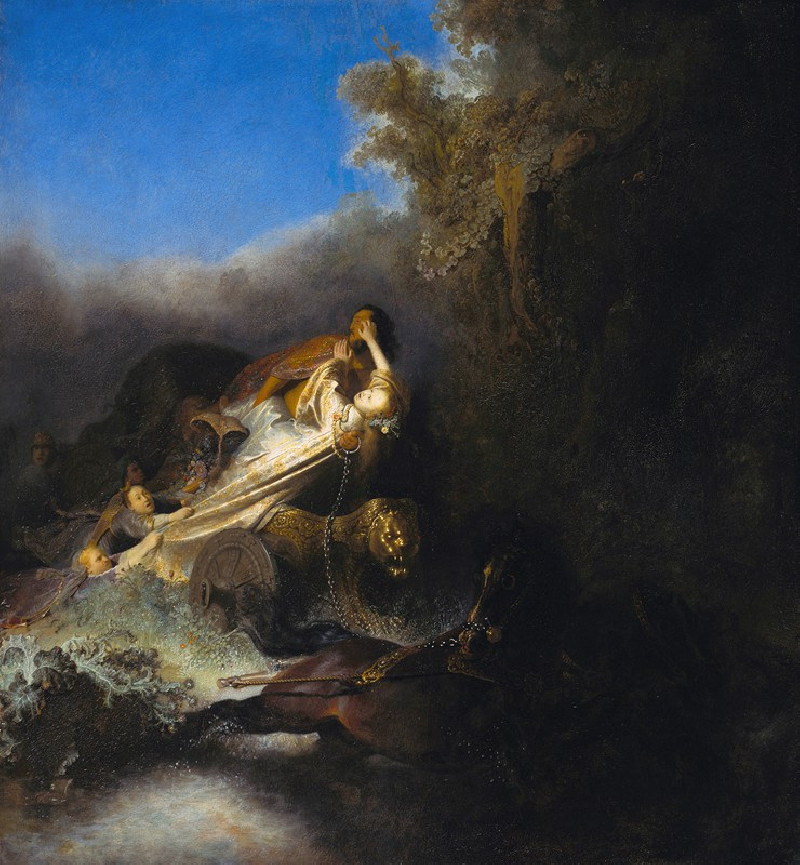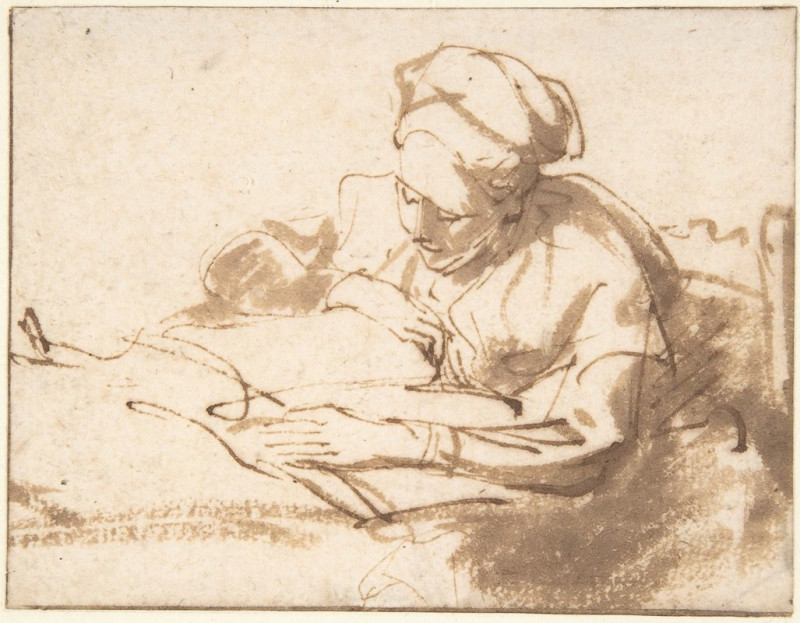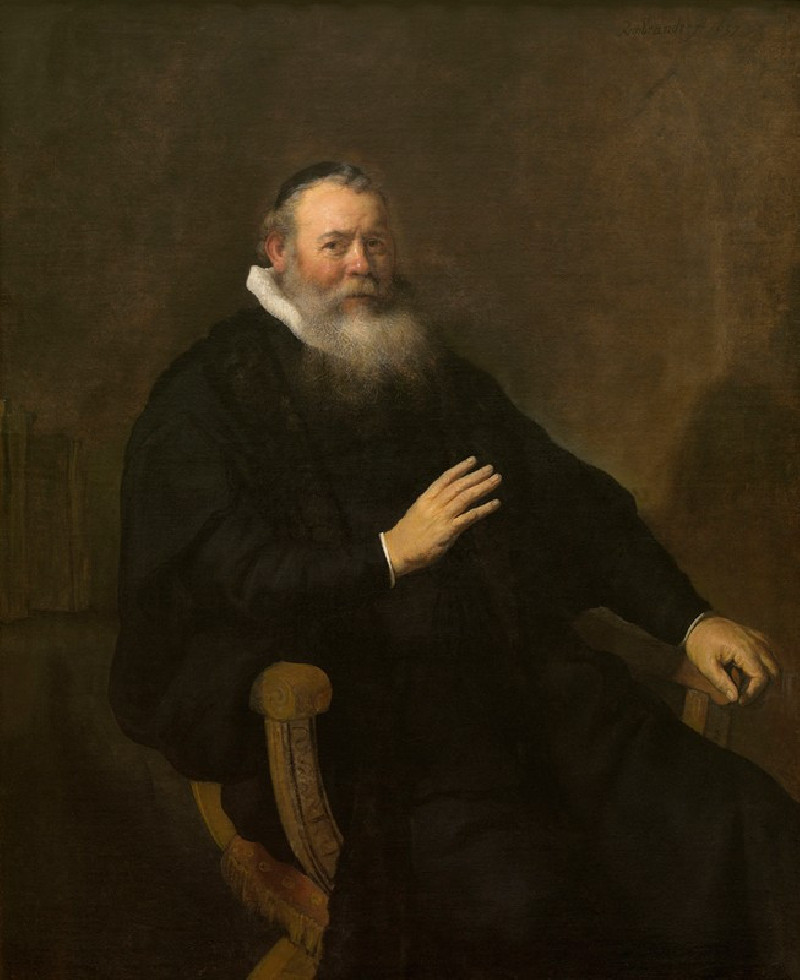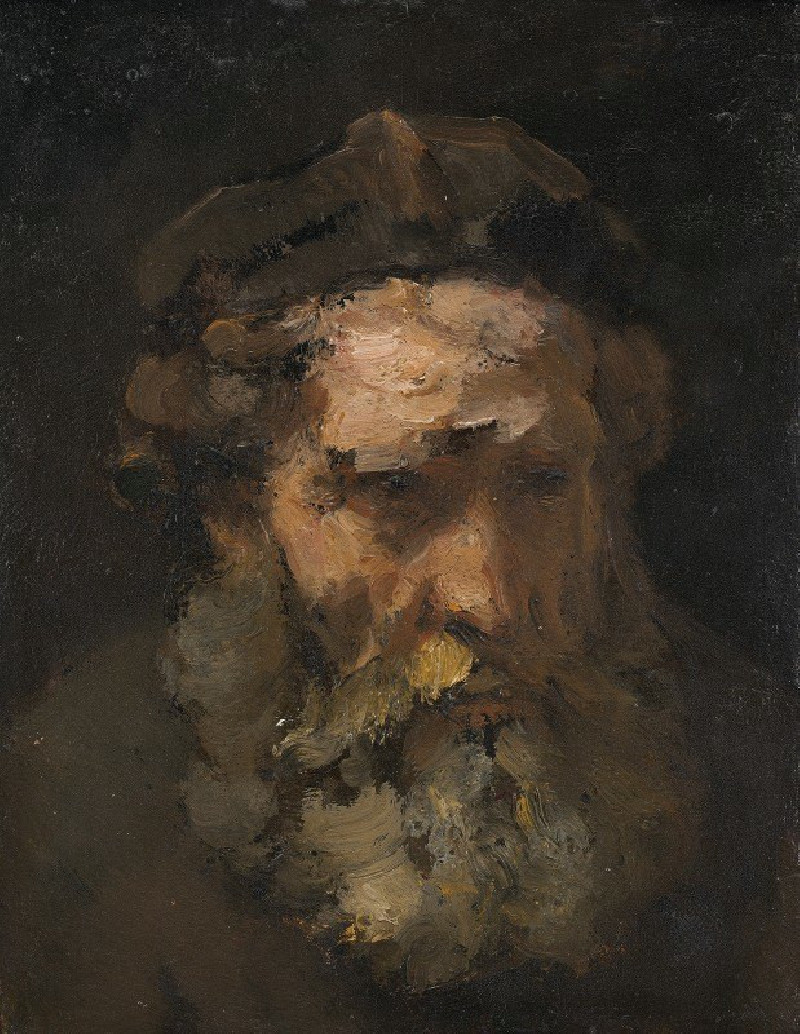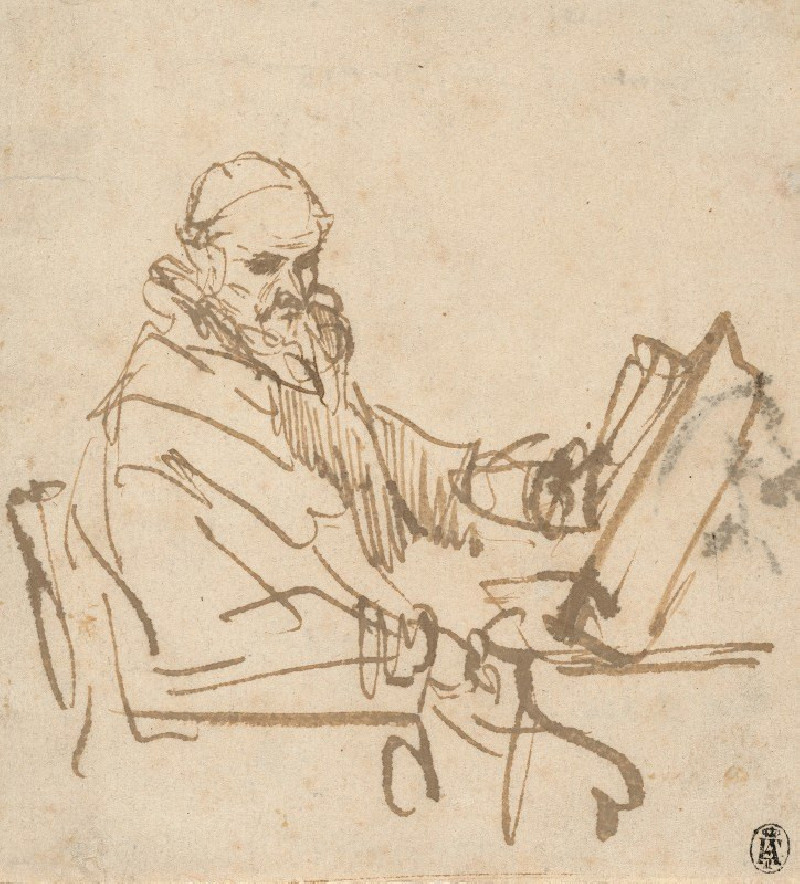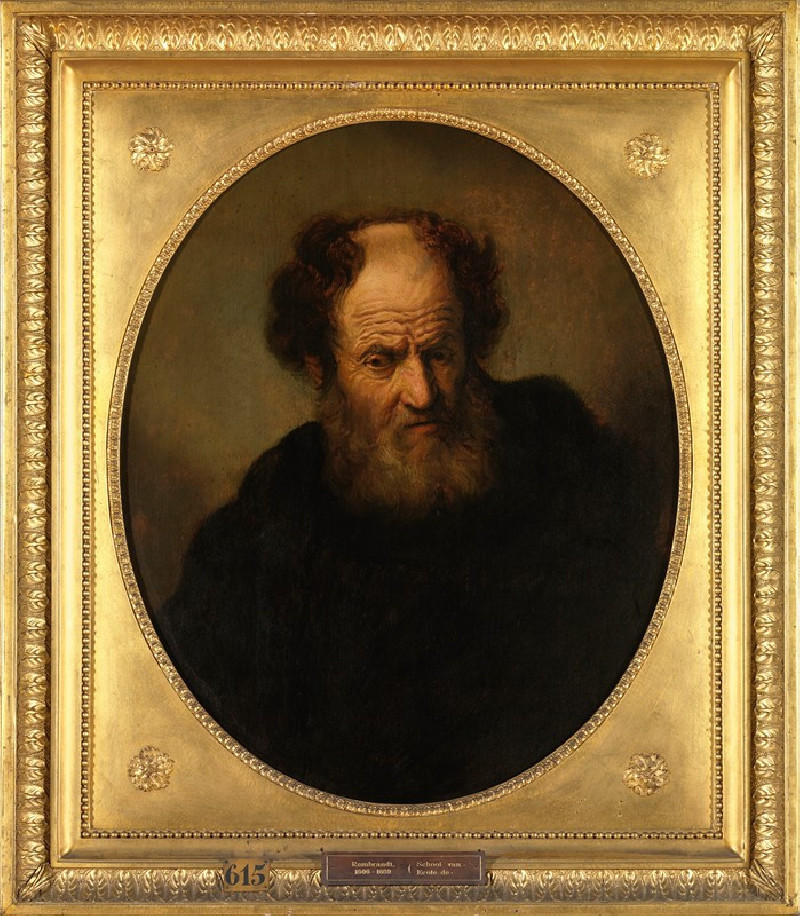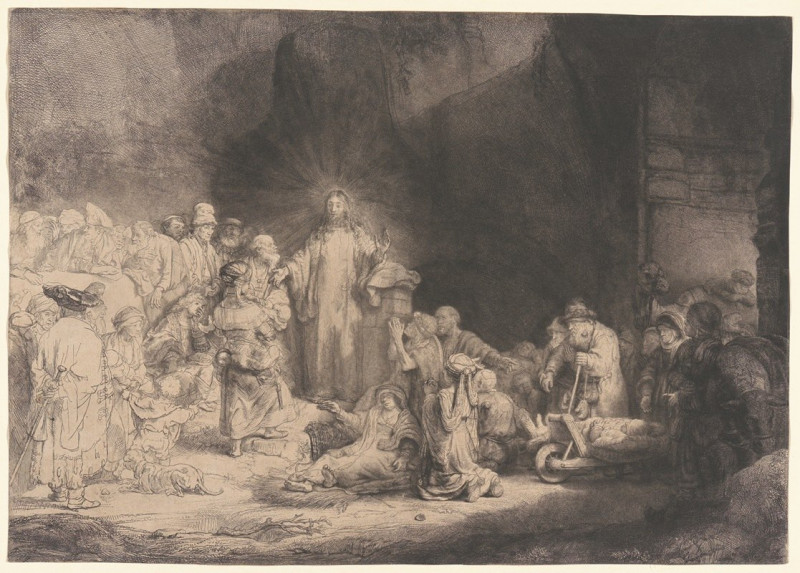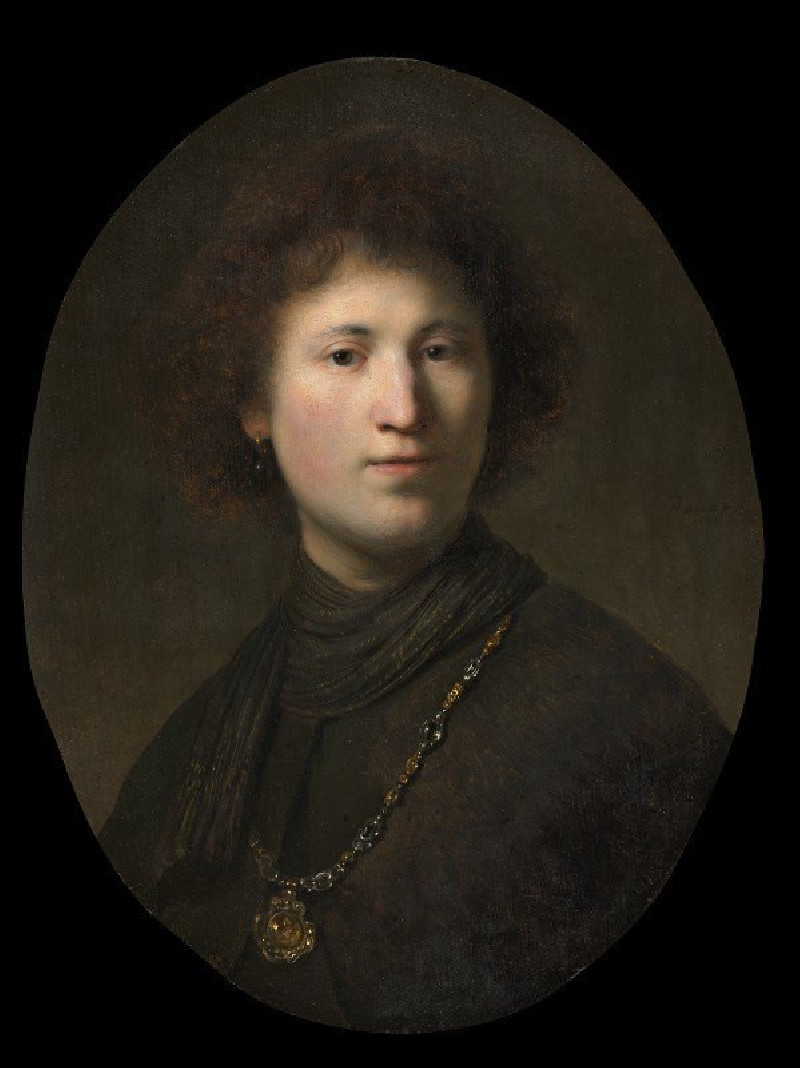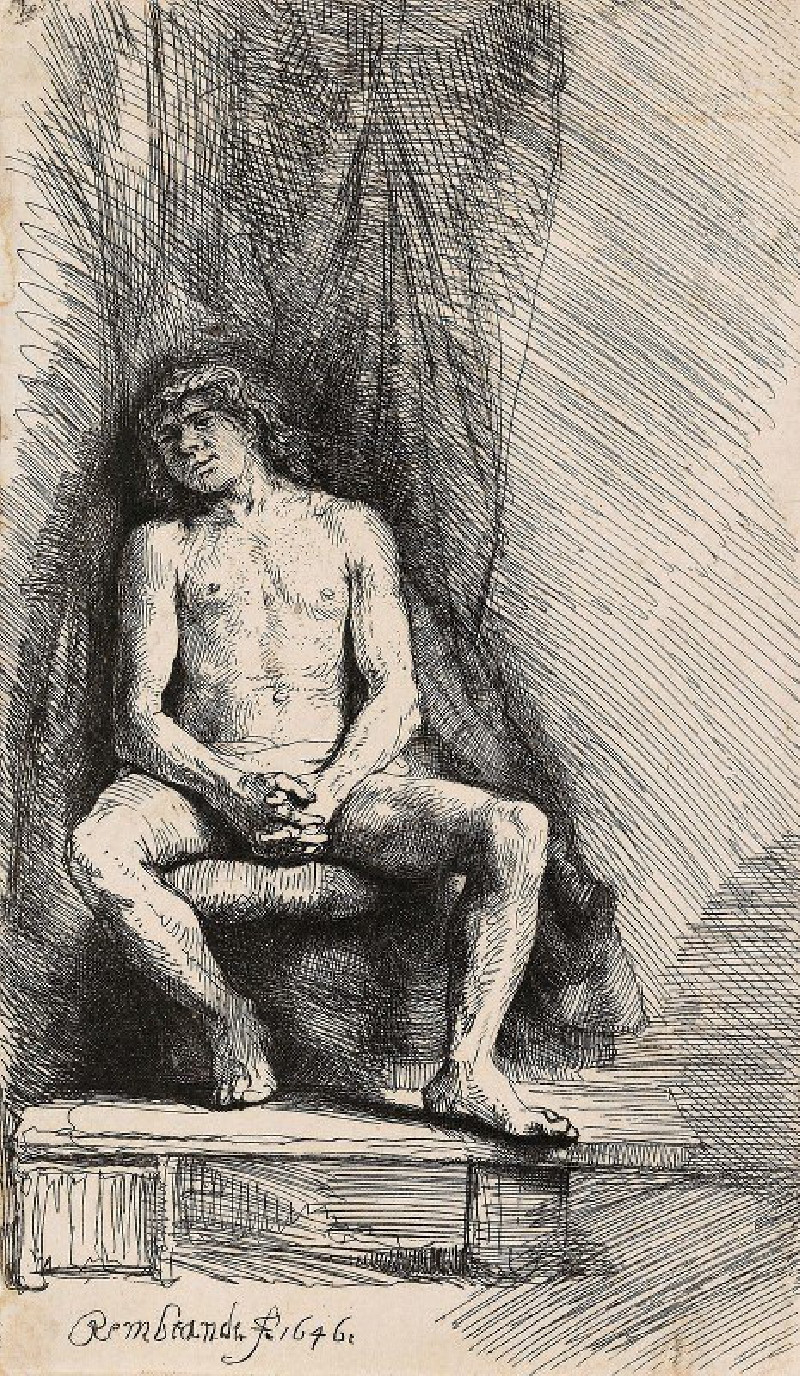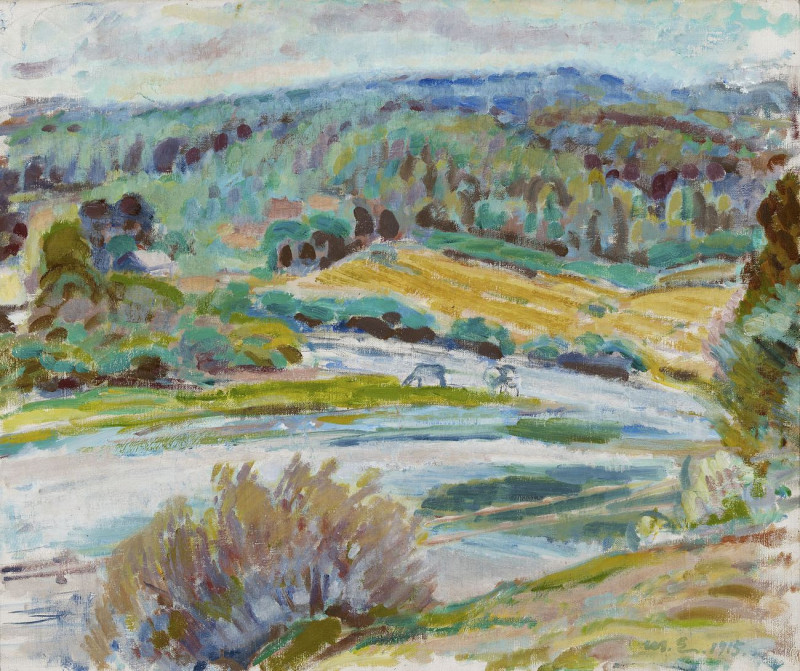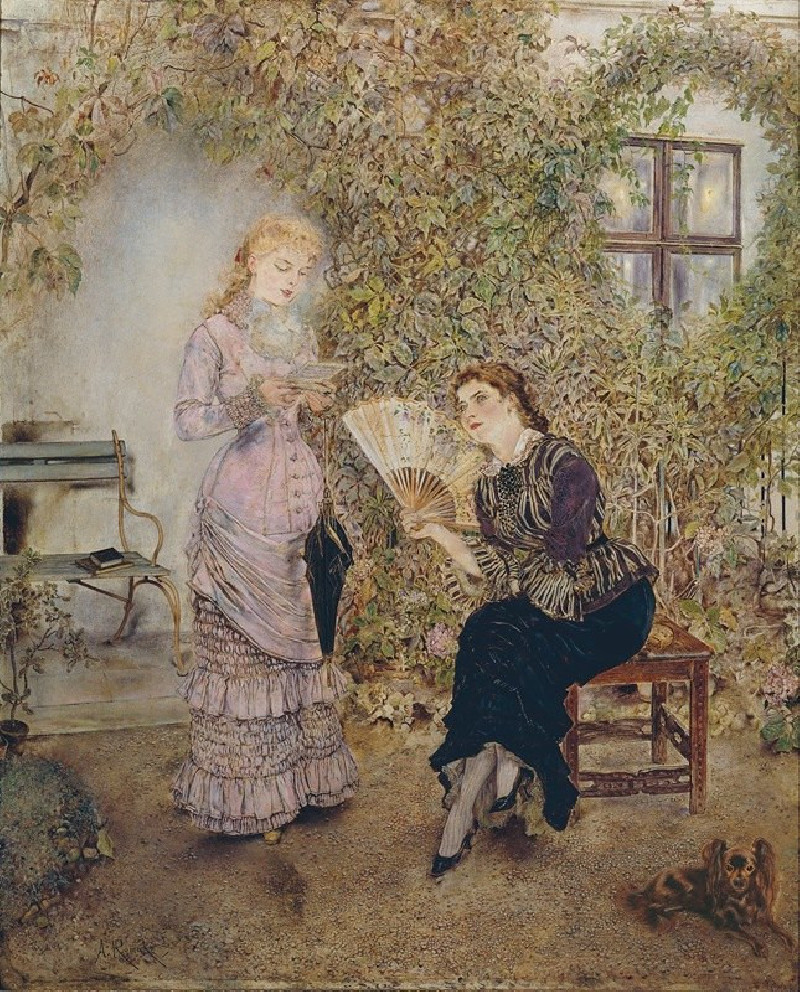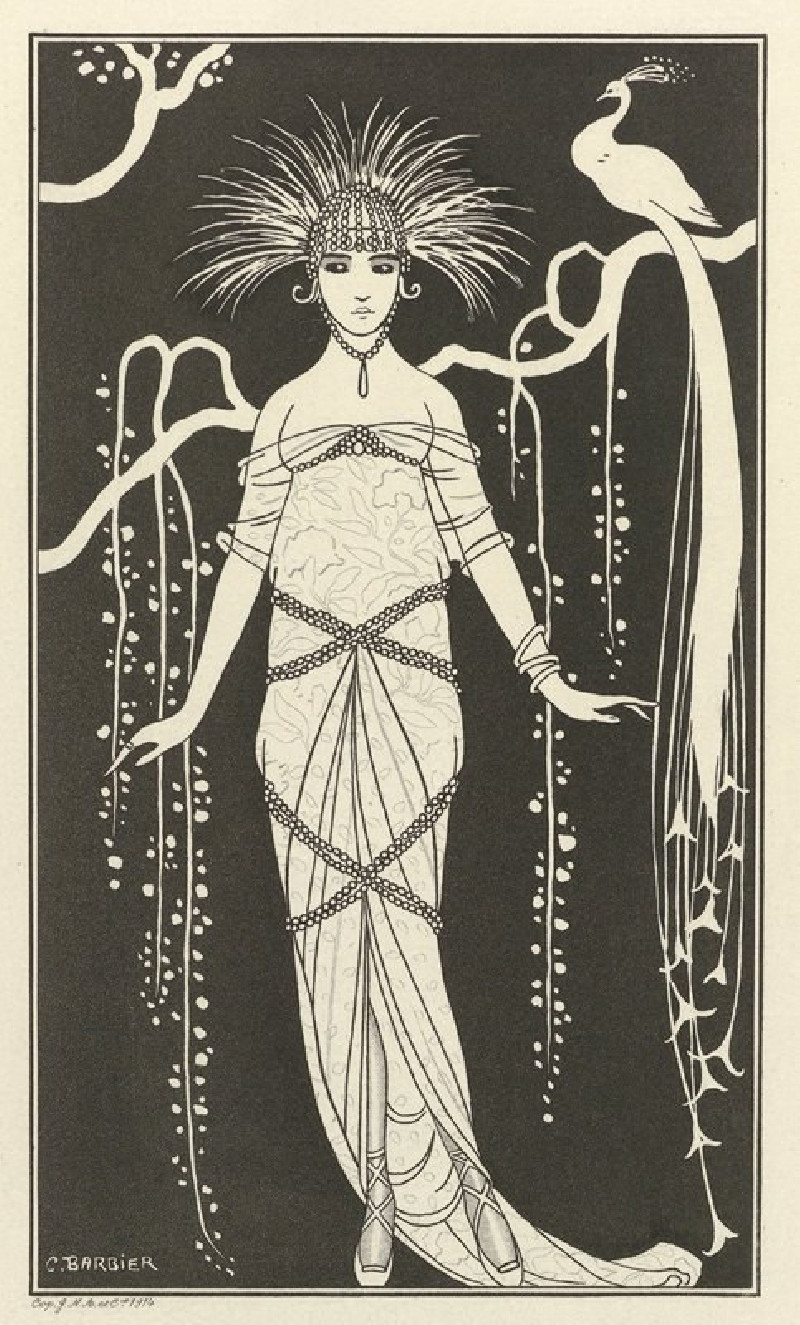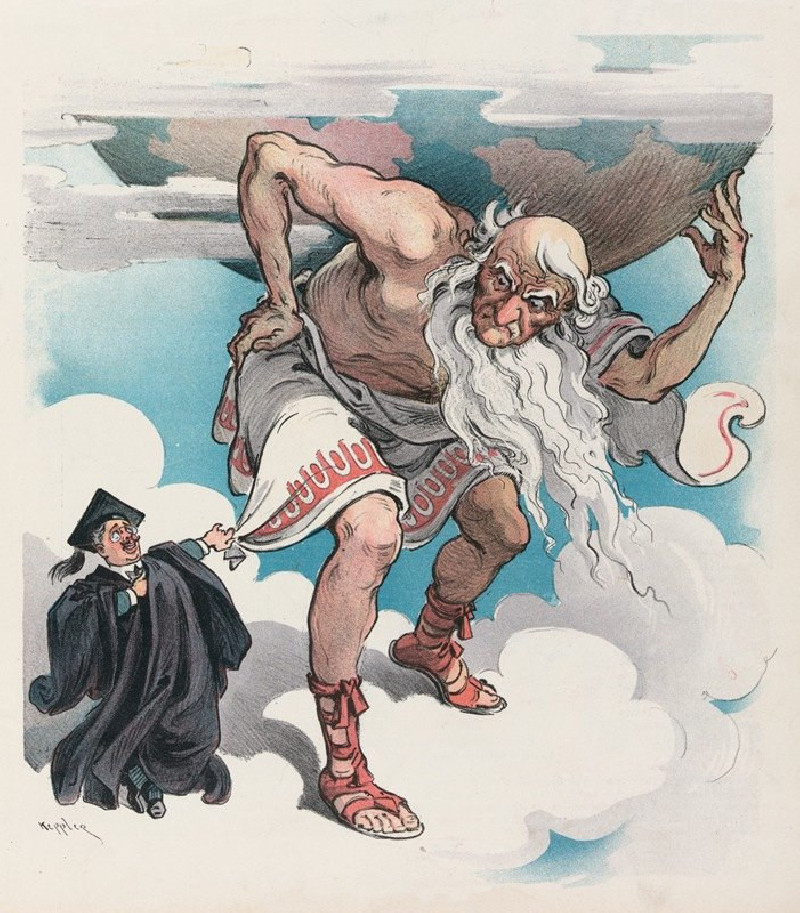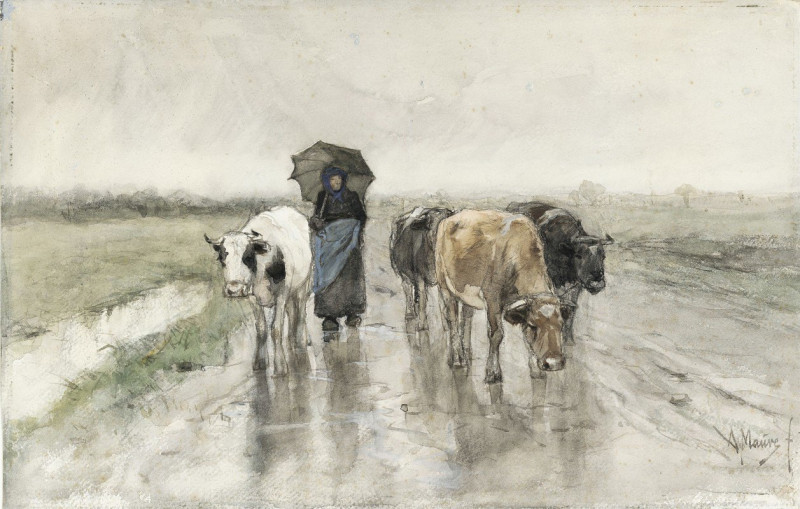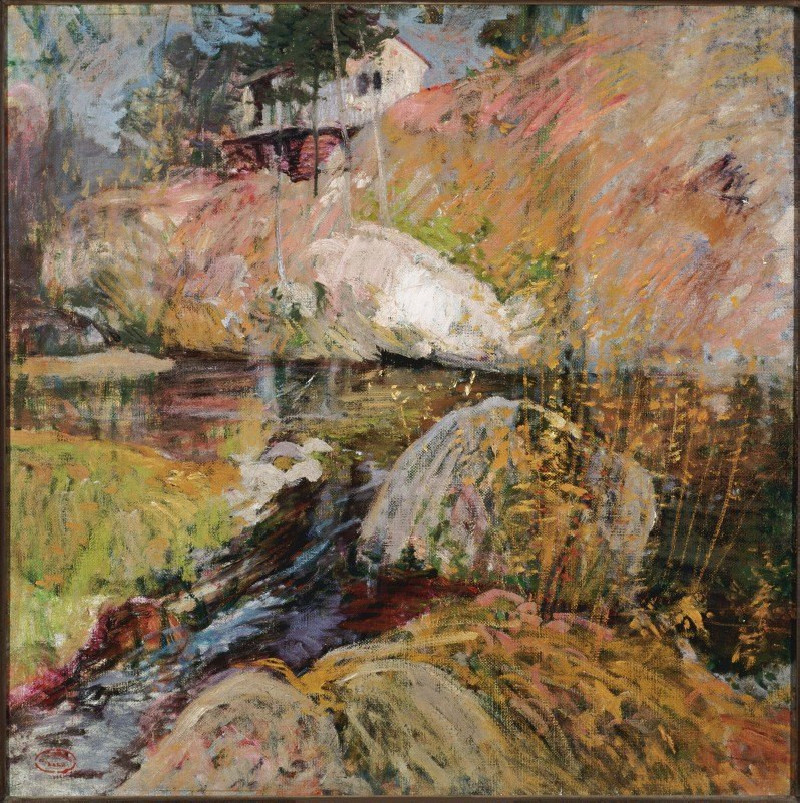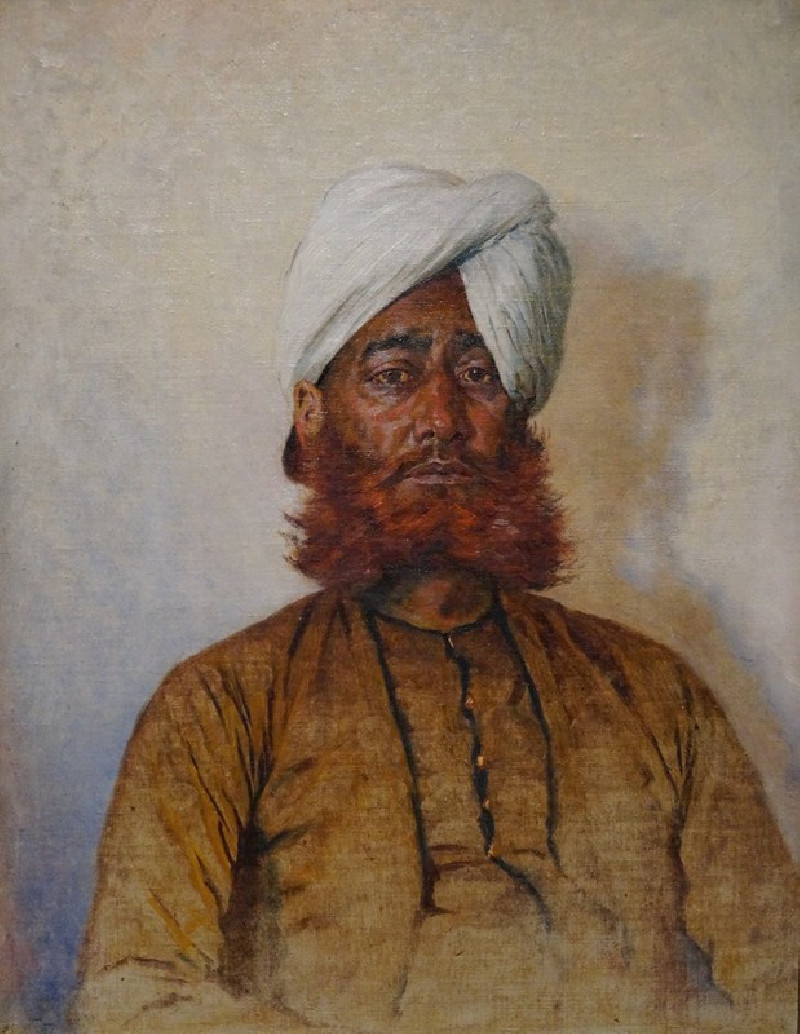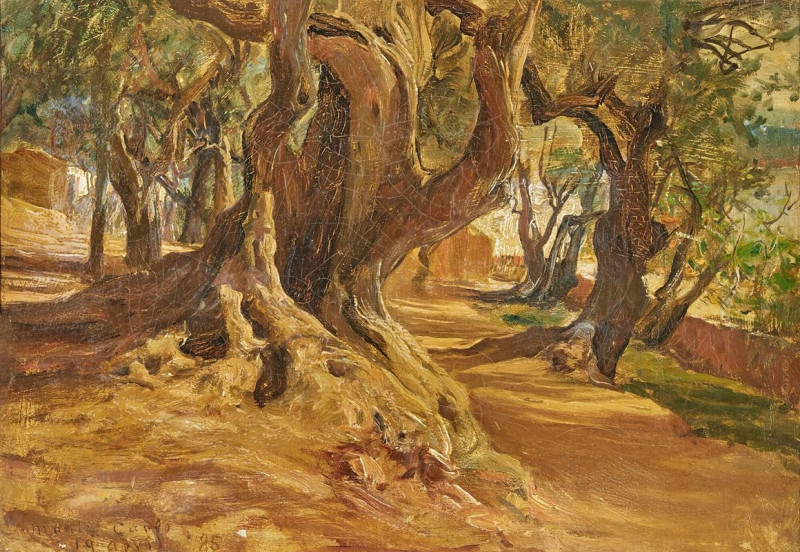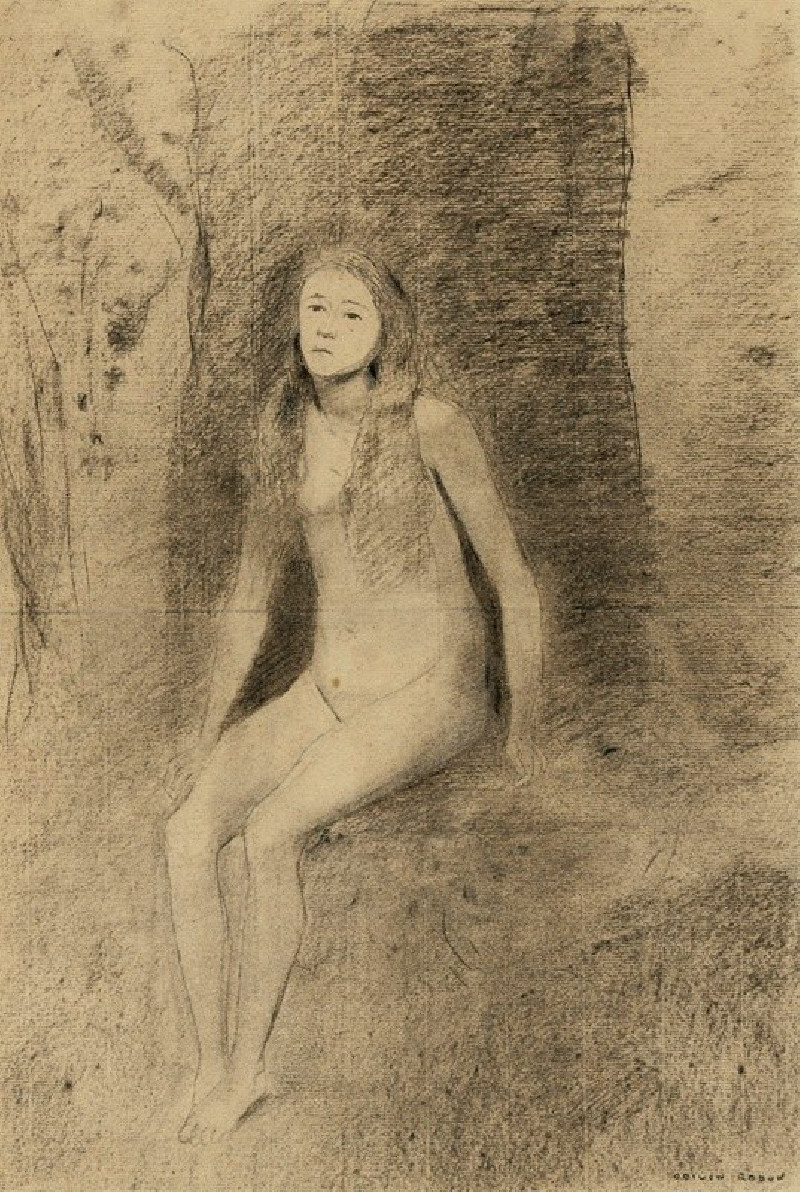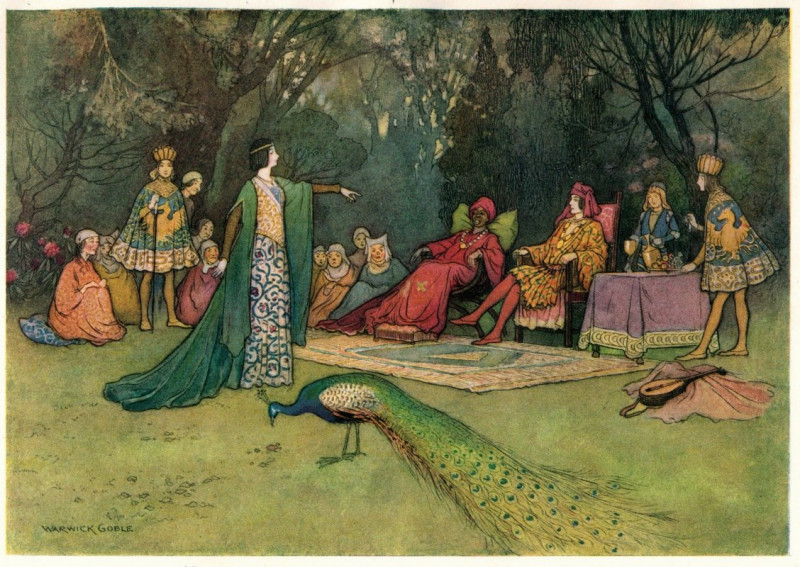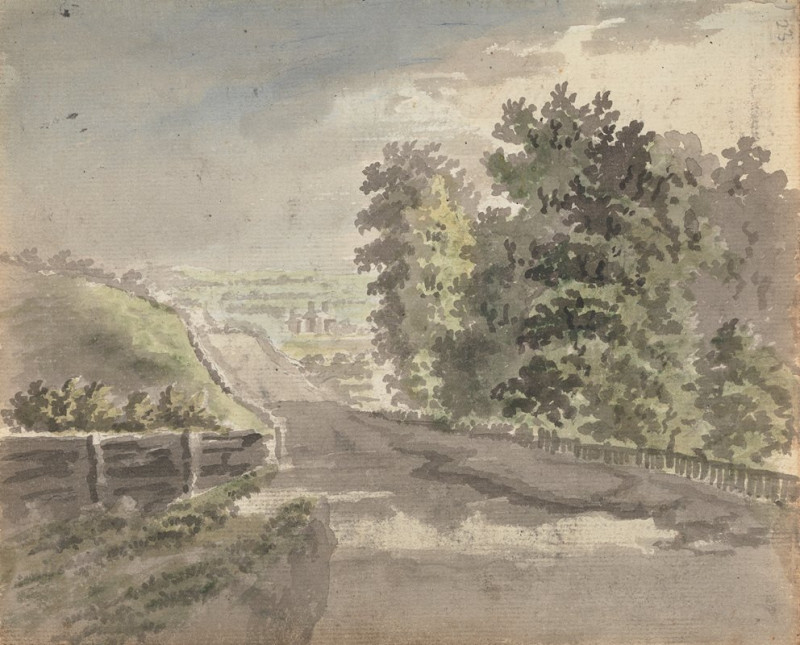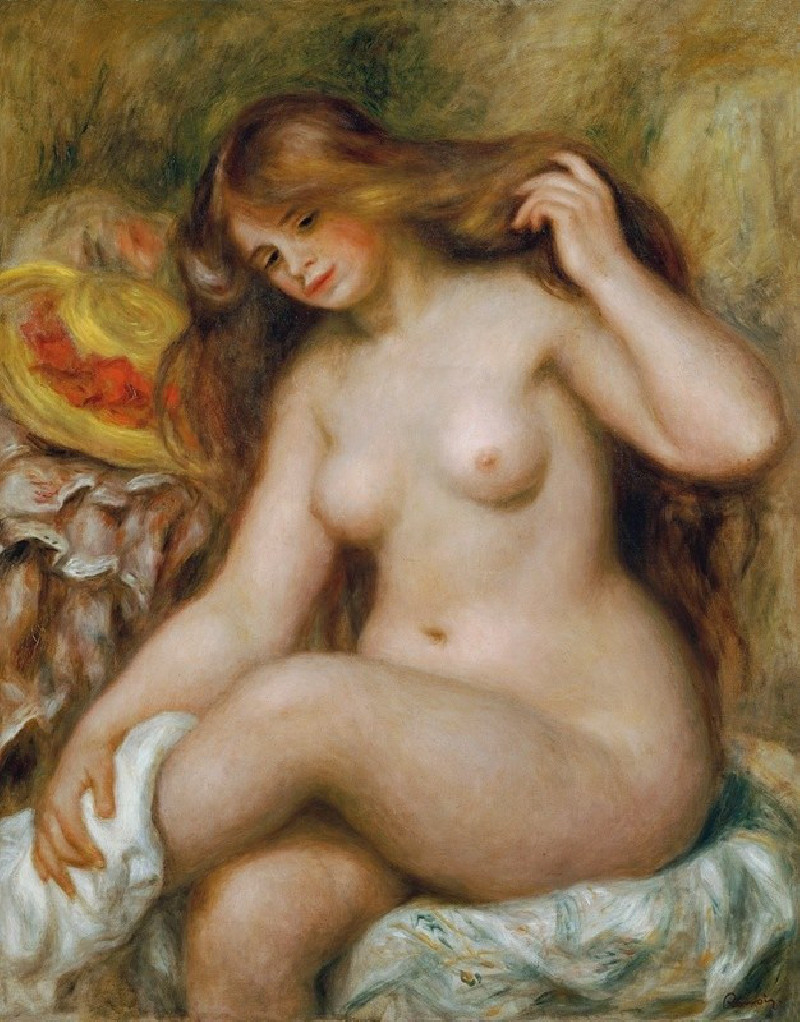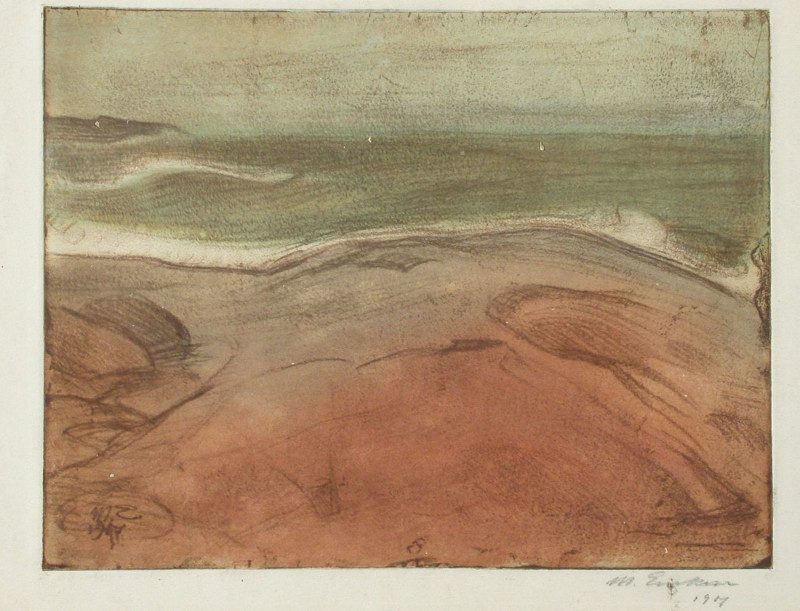Belshazzar’s feast (from 1634 until 1639)
Technique: Giclée quality print
Recommended by our customers
More about this artwork
Discover the intensity and drama in Rembrandt van Rijn’s masterpiece, "Belshazzar's Feast," painted between 1634 and 1639. This arresting artwork captures a pivotal moment from the Book of Daniel in the Old Testament, where the Babylonian King Belshazzar witnesses a divine hand writing a mysterious message on the wall during a lavish banquet.In the painting, Rembrandt masterfully uses light and shadow to focus the viewer’s attention on the key figures and the supernatural event. The scene is dominated by the splendidly attired king, his face a mask of terror as he points towards the glowing inscription. Around him, the guests at the feast react in horror and disbelief. The luxurious textures of their clothing and the opulent setting contrast starkly with the ominous, ethereal writing on the wall.This spectral hand writes in Hebrew, and the message, translating to "Mene, Mene, Tekel, Upharsin," foretells the fall of Belshazzar’s kingdom. Rembrandt’s skillful handling of expressions conveys the impact of the moment—fear, amazement, and the dawning realisation of divine judgment."Belshazzar’s Feast" is not only a visual storytelling triumph but also a profound exploration of themes like power, pride, and prophetic justice.
Delivery
Returns
Rembrandt Harmenszoon van Rijn was a Dutch draughtsman, painter, and printmaker. An innovative and prolific master in three media, he is generally considered one of the greatest visual artists in the history of art and the most important in Dutch art history. Unlike most Dutch masters of the 17th century, Rembrandt's works depict a wide range of style and subject matter, from portraits and self-portraits to landscapes, genre scenes, allegorical and historical scenes, and biblical and mythological themes as well as animal studies.


